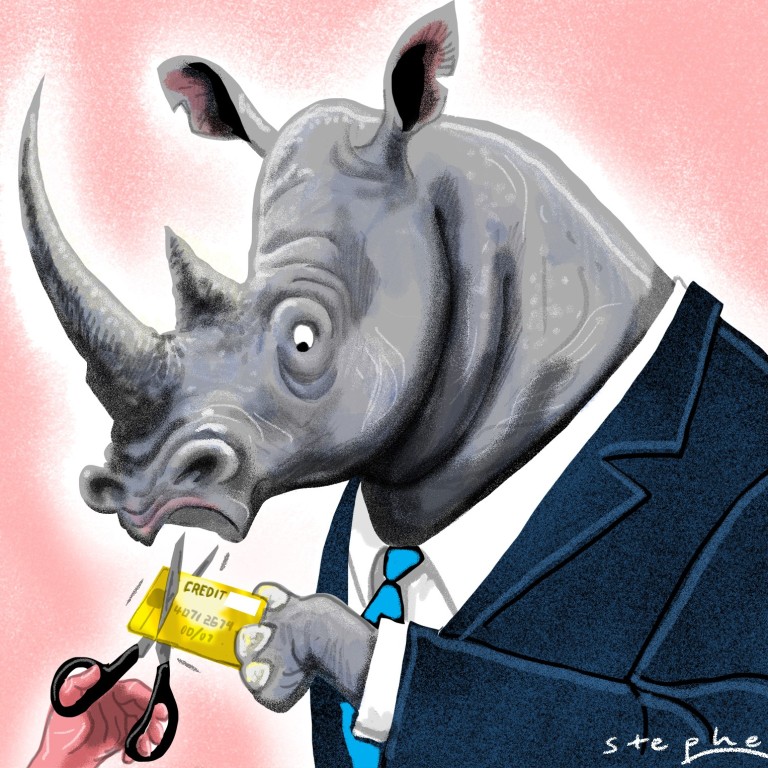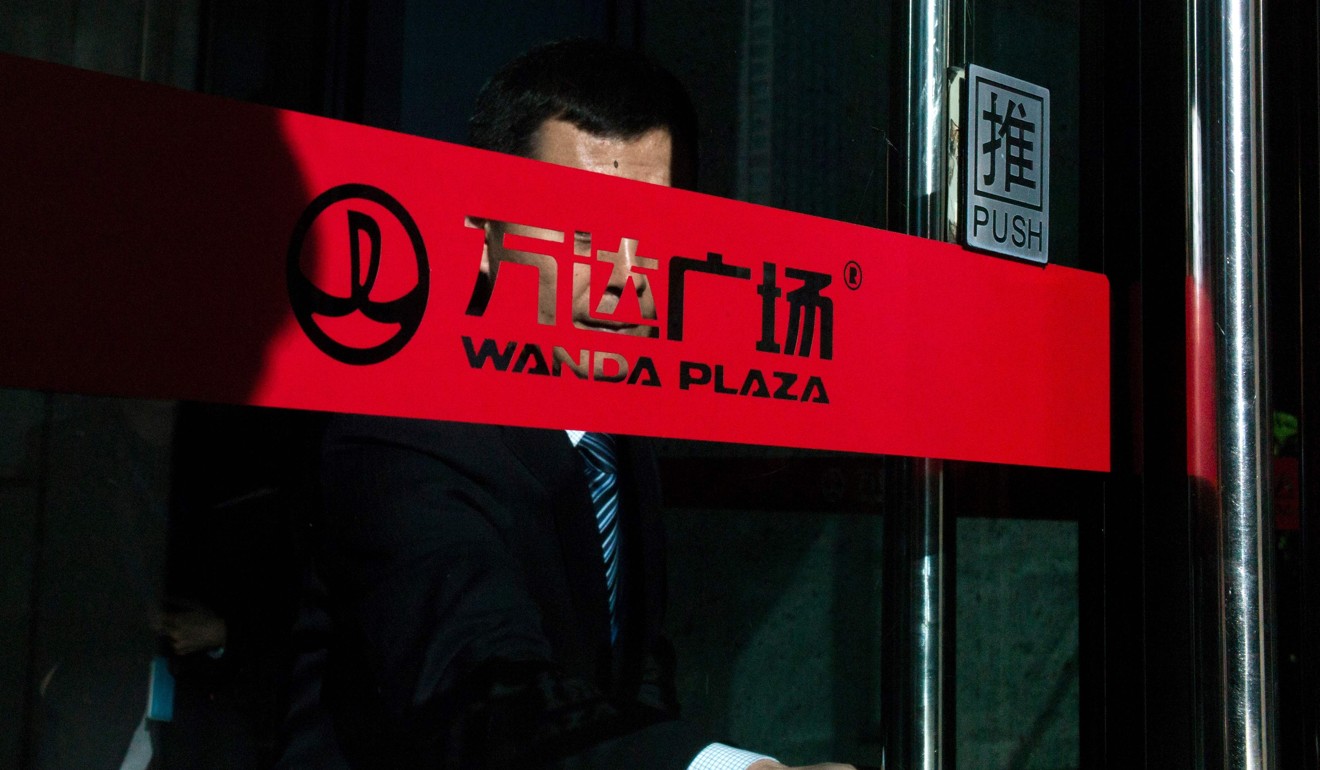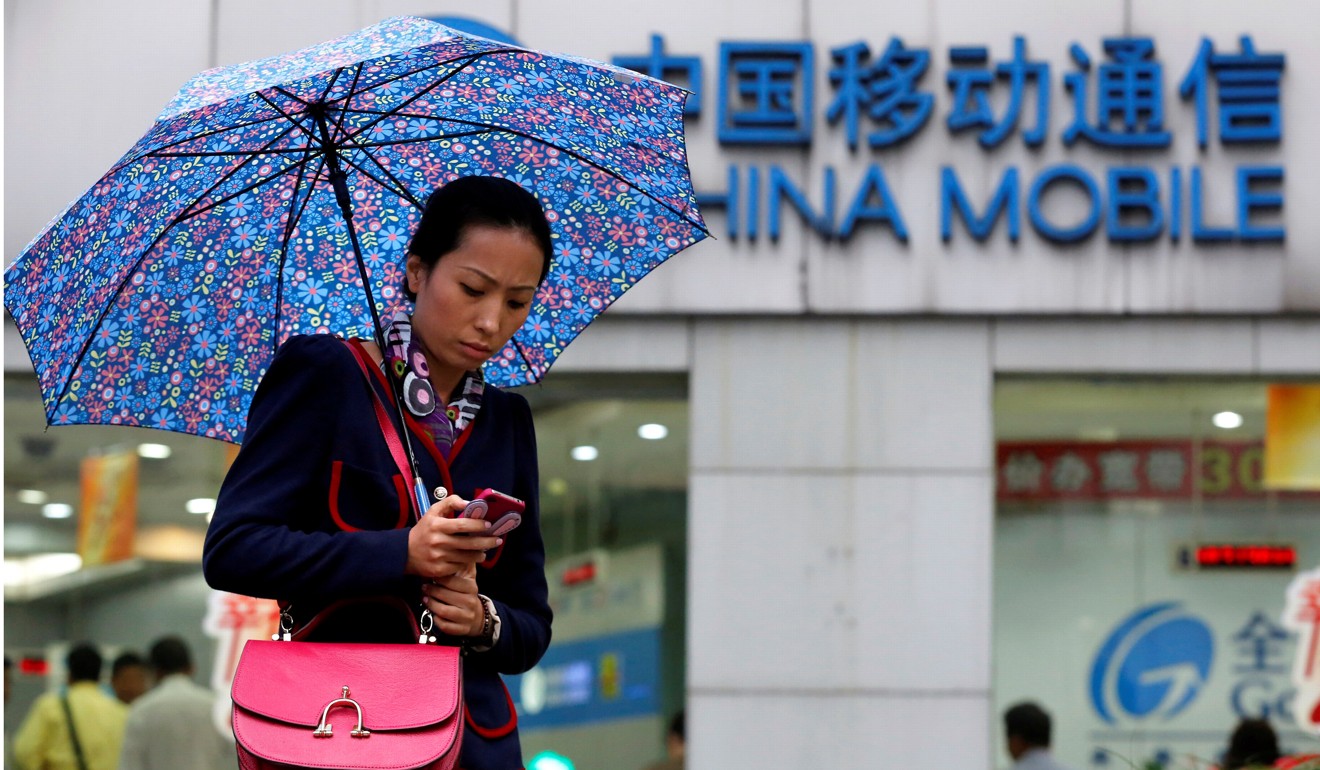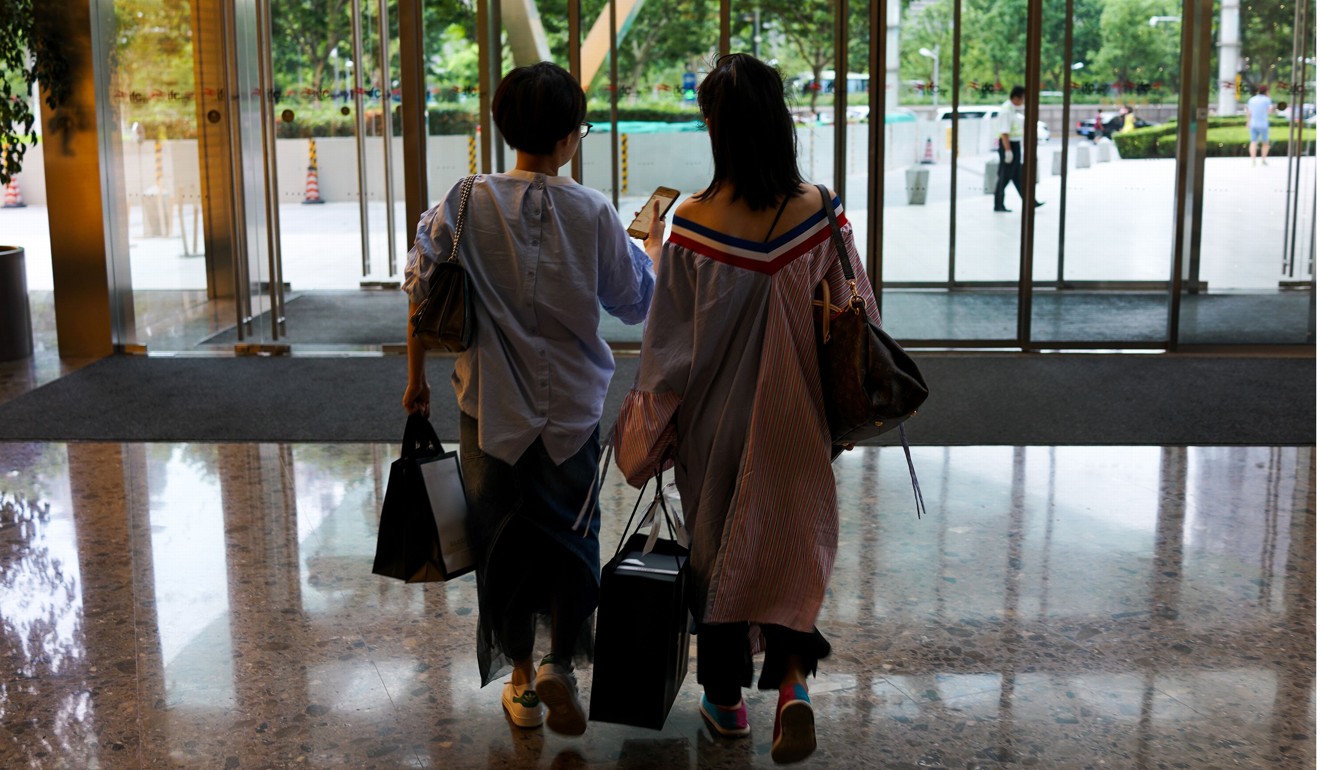
China’s crackdown on grey rhinos won’t reduce its debt burden, it will only redistribute it
Andy Xie says the government’s resolve to reduce financial leverage in the economy does not extend to cleaning up its bloated state sector, or making systemic changes. That means the sound and fury is unlikely to last

The crackdown on the grey rhinos stems from the authorities’ belief that a financial crisis is sparked by a Lehman Brothers or a Bernie Madoff. If the government can take them out first, a crisis could be avoided.
This is different from the generally accepted belief that a crisis happens because the system has gone wrong. In this line of thinking, where and who started the crisis is not important. The right question to ask, in China’s context, is why there are so many grey rhinos.
The answer will determine whether China can wean itself off its debt addiction. The elephant in the room is really China’s annual monetary and credit growth targets that consistently exceed the nominal GDP growth rate. The debt bubble is a consequence of this policy.
Can Xi Jinping head off the grey rhinos in China’s economy?

Grey rhinos are created when credit policies are loosened to meet the credit growth targets. Grey rhinos, who thrive in this ecosystem, rely on more debt to sustain cash flow. If there are no grey rhinos, credit growth would surely slow sharply, possibly below the nominal GDP growth rate. Only people who don’t intend to repay want to borrow again and again.
Beware the ‘grey rhinos’ of economic risk or ‘prepare for pain’, analyst warns China
The deleveraging push is being undermined by these macro targets. As some grey rhinos try to slim down by selling assets, other companies will surely buy them with debt financing. Debt will be shuffled around. Genuine liquidation, which would trigger a credit crush, is unlikely to happen.
Reshuffling the debt with no new rhinos created could mean progress, because at least it caps the total amount of debt while the economy grows, though slower than before. This would mean a slowly declining debt-to-GDP ratio. But I seriously doubt this will happen.
I believe total debt will continue to rise faster than GDP growth. The best outcome we can hope for in this crackdown is a slowdown in the rise of national indebtedness, because, behind the rhinos and the elephants, a dinosaur lies in wait.
China’s grey rhino hunt should extend beyond its tycoons
The most powerful force in China’s relentless rise in debt leverage is its vast and inefficient state sector. State-owned enterprises and local governments gobble up vast amounts of cash every day. The hole is plugged by imposing heavy and direct taxes on households, or an inflation tax through excessive monetary expansion.
We should keep in mind that China’s economy is based on sacrificing people’s living standards
The Chinese economy is the most heavily taxed among all major economies in the world. While European economies have higher tax revenue-to-GDP ratios, effective redistribution allows the revenue to be better shared. In China, the government sector spends most of the revenue.
China’s property bubble is a form of tax. New residential property sales have reached 15 per cent of gross domestic product in recent years. Two thirds of the proceeds are transfers to the government sector. The burden on the household sector from the property bubble is a form of inflation tax.
China has held down the inflation rate despite excessive and persistent monetary expansion because it has been successful in channelling monetary growth into the property market and other asset classes. By making credit easily available and suppressing household disposable income, monetary expansion is channelled into speculation in asset markets.

Forget privatisation, Xi has other big plans for bloated state firms
Other state-owned enterprises in industries with less technological advances have no place to hide their inefficiencies. They have to borrow more and more to stay afloat. The rise in national leverage reflects at the micro level the rising leverage ratios among most state firms.
The property bubble, as a form of inflation tax, does not reflect the total cost of that tax. The most important component of the cost is how labour has seen so little productivity growth.
After four decades of rapid GDP growth, China’s currency is unusually weak, as reflected in the country’s per capita income of about US$8,000, and China’s household disposable income, at about 45 per cent of GDP, is unusually low.

How China’s billion savers embarked on a household debt binge
When an economy develops, its productivity should be high with more capital spending on labour and more efficiency in capital formation. Real wages should rise faster than the economy as efficiency reduces the need to invest. And the real exchange rate should appreciate to reflect the narrowing gap in productivity with developed economies.
Japan, for example, saw its currency triple against the dollar during its four decades of rapid growth. Its per capita income caught up with the West mainly due to currency appreciation rather than GDP growth. And its household disposable income’s share in the economy also caught up with the West. After four decades of rapid growth, China’s per capita income is only at one-fifth of the level among developed economies, and its household disposable income’s share in the economy has consistently declined. China’s household discretionary consumption is less than Germany’s.

If we benchmark China’s performance against other East Asian economies that have pursued an investment and export development model, China has underperformed both in terms of per capita income and household disposable income share. We should keep in mind that China’s economy is based on sacrificing people’s living standards.
China’s dinosaur, its vast state sector, exists to secure political stability, and stability of the political system is its top priority. The economy, the financial system and everything else must serve the aim of maintaining stability.
Since maintaining a vast state sector is considered vital for sustaining the system, the crackdown on financial leverage may not last. At some point, the spigot will be turned on again.
Suddenly, new faces will pop up to become dealmakers from China. And the Western media will celebrate them as heralding China’s arrival.
Andy Xie is an independent economist

